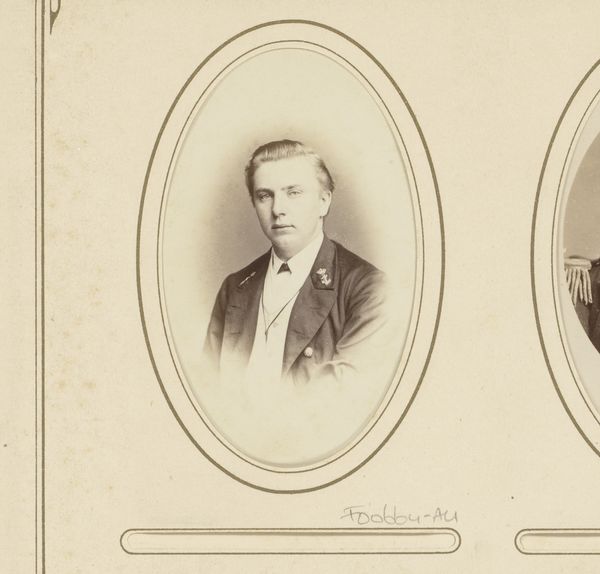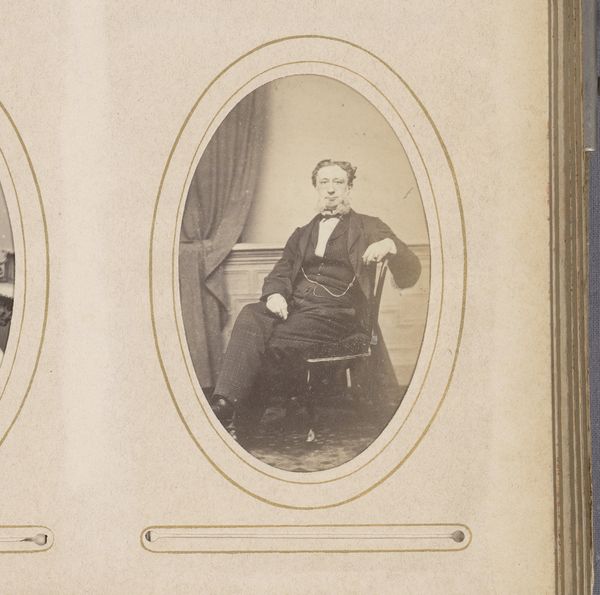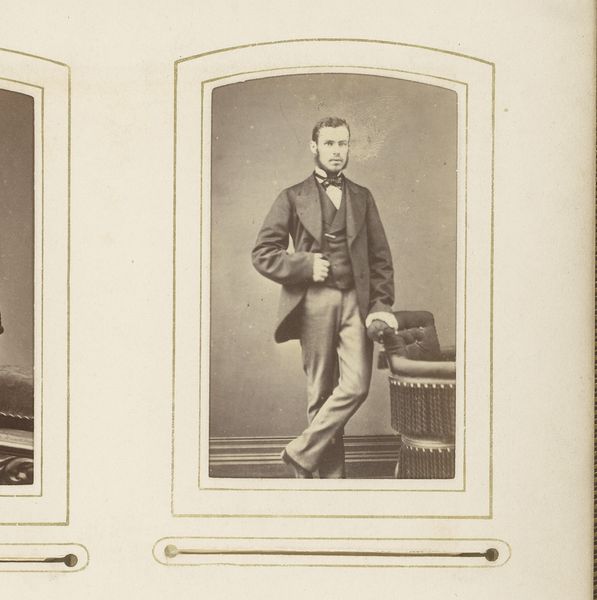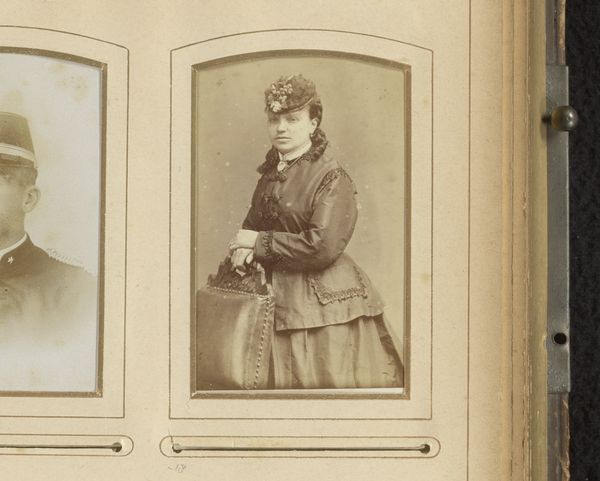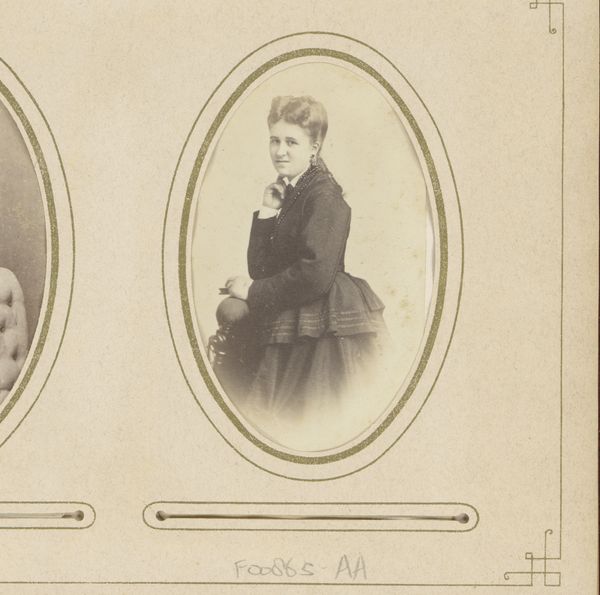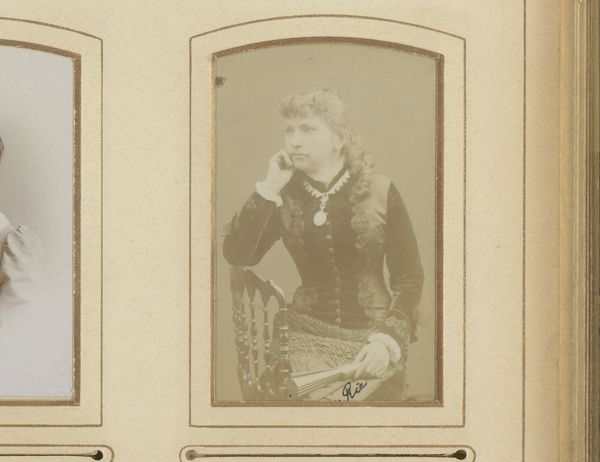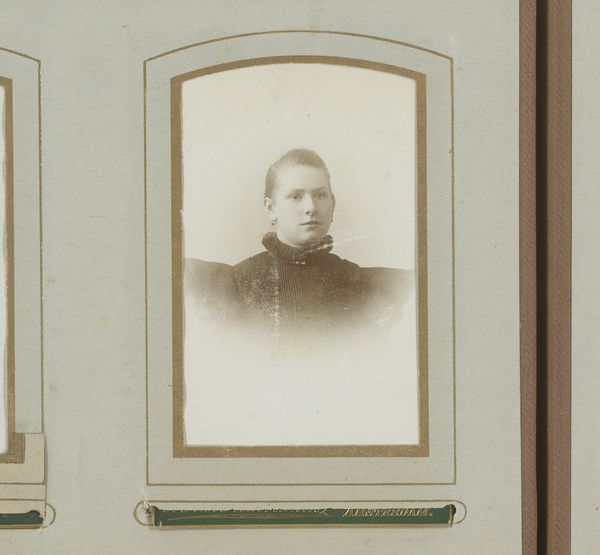
photography, albumen-print
#
portrait
#
16_19th-century
#
photography
#
historical photography
#
19th century
#
albumen-print
#
realism
Dimensions: height 82 mm, width 52 mm
Copyright: Rijks Museum: Open Domain
Editor: Here we have a photographic print called “Portret van een man”, likely from 1869 by Heinrich Steinhauer. The albumen print feels rather formal, almost austere. I am curious, what stands out to you about this particular portrait? Curator: What immediately grabs me is the labor involved in albumen printing, a process entirely different from the digital clicks we're used to. Consider the social context: who had access to photographic technology then? Portraits were a status symbol, capturing a specific vision of power and prestige. Notice the man's uniform. Editor: Yes, he definitely projects a sense of authority, given his military attire. Are you saying the material itself is equally a conveyor of meaning here? Curator: Absolutely. The very materiality speaks to the economic and social hierarchies. Think of the layers of production – the photographer, the sitter, the individuals who prepared the materials. It's crucial to examine the power dynamics embedded within the creation and consumption of such an image. What does the realism of the portrait offer versus painting? Editor: So, this seemingly straightforward image actually opens up a discussion about 19th-century society, the technology shaping artistic expression, and who got to participate in image-making. I guess I didn't fully consider photography as a material object and social artifact before. Curator: Precisely. Examining art through a materialist lens makes us think about more than just the subject. It encourages a critical assessment of the entire system of production and its connection to consumption and labor. Editor: Thanks, this really gives me a fresh perspective to appreciate the multiple layers in this "Portret van een man”. I appreciate how this work connects materiality, society, and status.
Comments
No comments
Be the first to comment and join the conversation on the ultimate creative platform.


